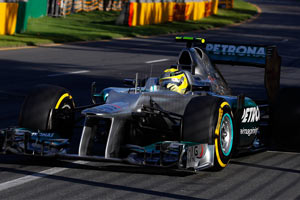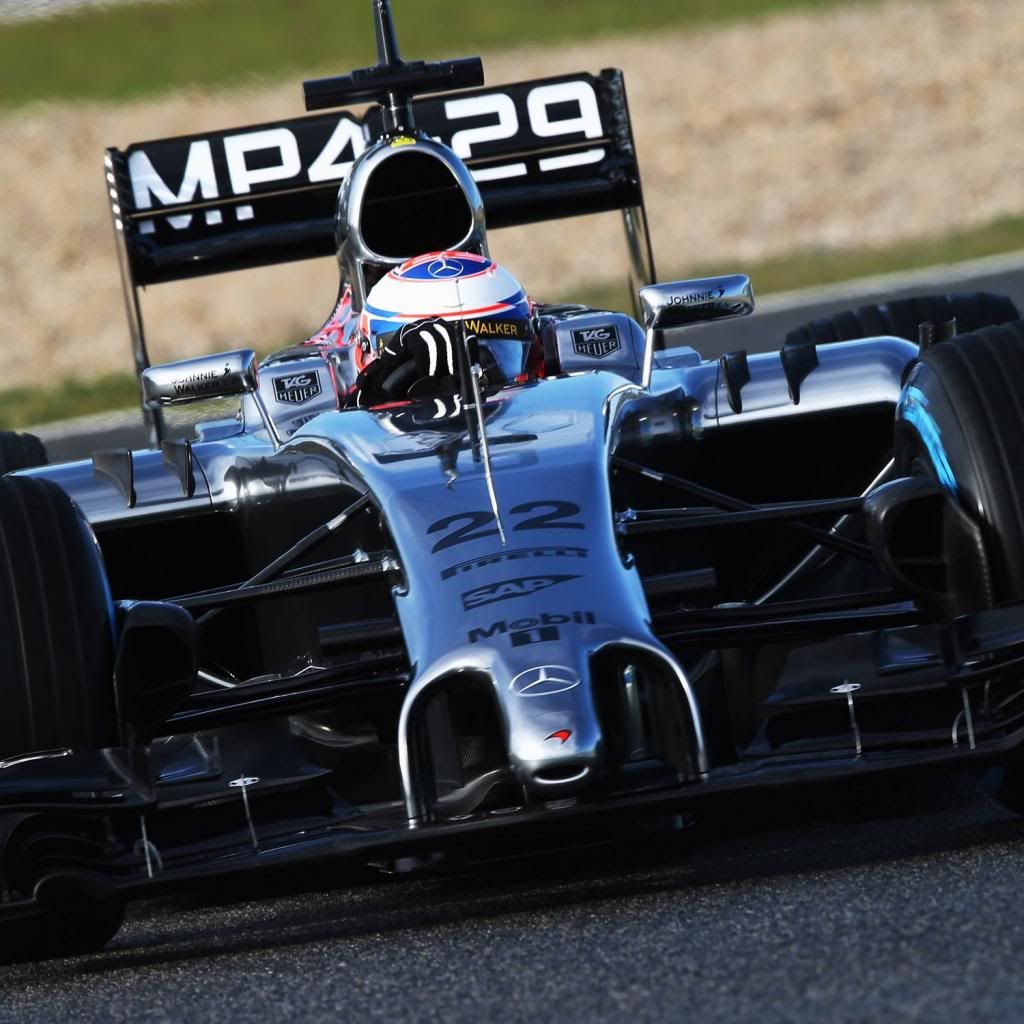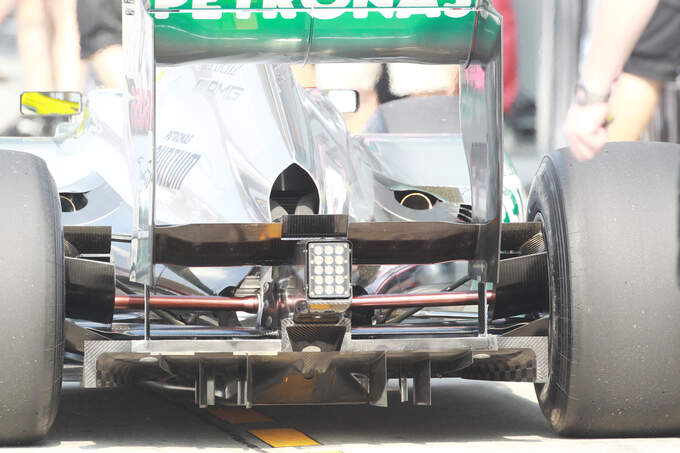raymondu999 wrote:Gary Anderson wrote:
But in the race the system will only be used rarely and therefore the aerodynamic characteristics of the car on corner entry will be quite different - and use the rear tyres more aggressively because the rear will be moving around more.
So I can see the system allowing them to knock on the door of pole position in qualifying - but hurting the rear tyres in the race.
That is exactly the problem Mercedes had in Australia last weekend.
I don't understand. Why would the rear move around more in the race? I would think in the race it would move around less. Because:
- In Qualy, the DRS will be open more often, therefore less downforce (front and rear), therefore more degradation.
- In race, the DRS will be open less, therefore more downforce, therefore less degradation.
I honestly don't see what the DRS (front and rear) has to do with their degradation. When the system is closed, it should function exactly like any other car.
Am I missing something? I have massive respect for any F1 engineer including Mr Anderson, but might this not be a case of finding something different on the car and pinning the (alleged) problem on that?











